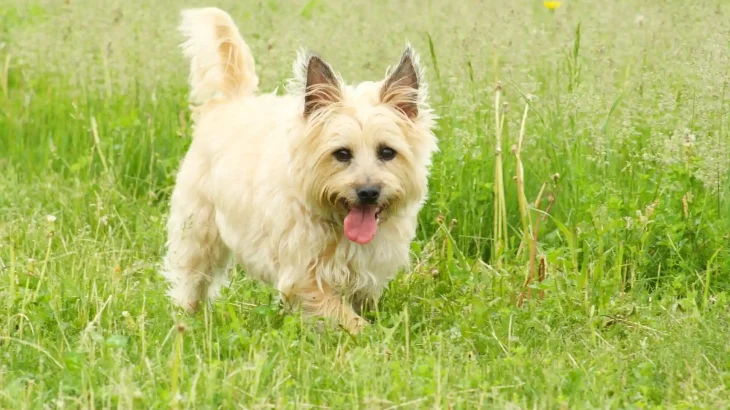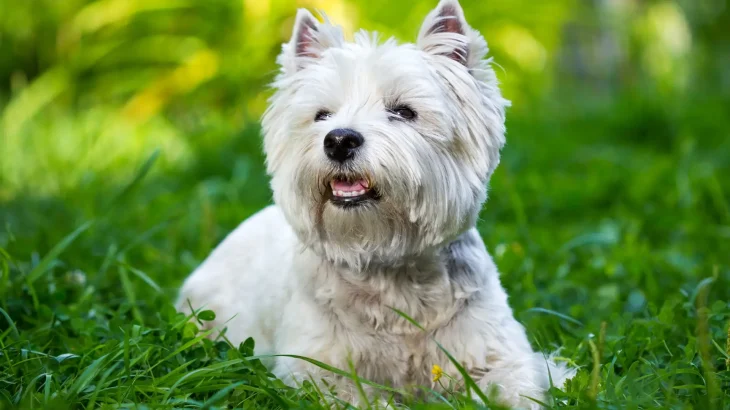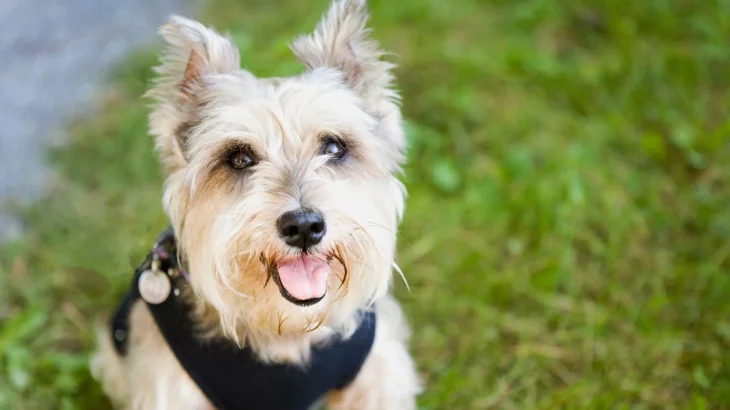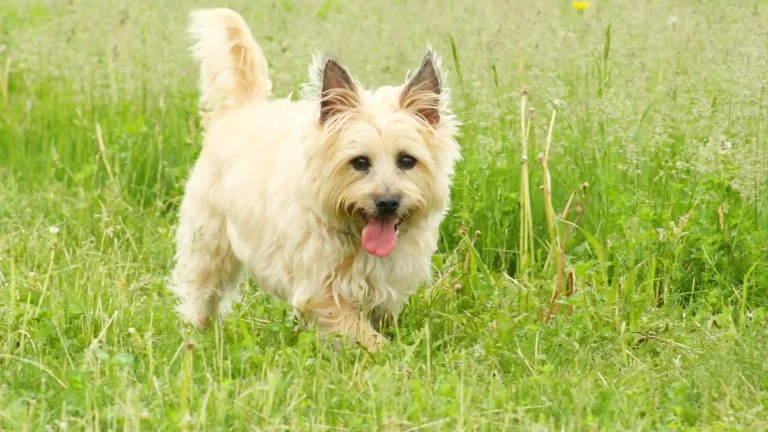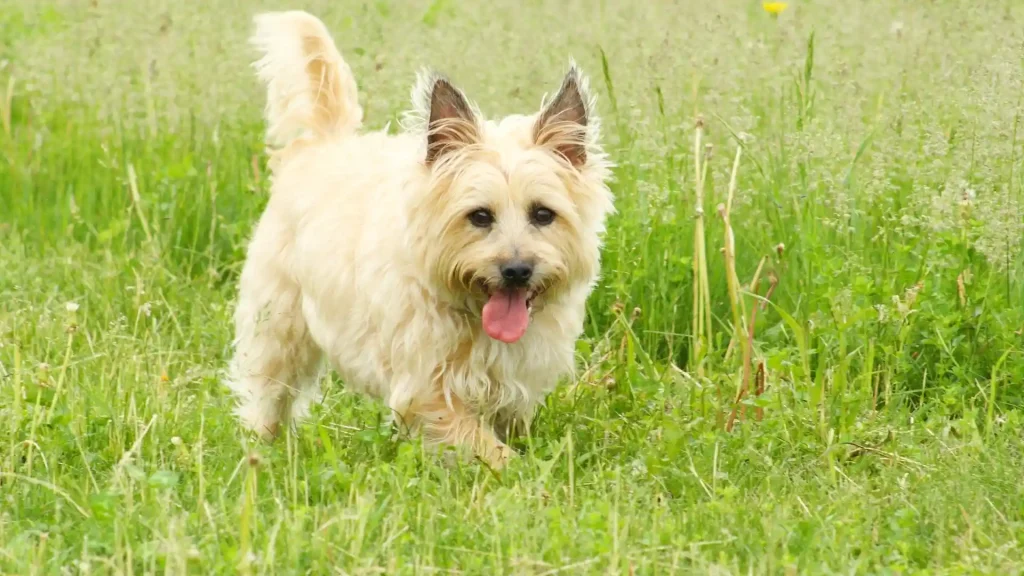When deciding between adopting or purchasing a Sealyham Terrier puppy, it's important to consider availability and background clarity. Due to the breed's rarity, finding a Sealyham Terrier in shelters is uncommon, making purchasing from reputable breeders a more typical route. Each option offers unique benefits, especially concerning health knowledge and ethical considerations.
Adoption vs. Breeder: Pros & Cons
| Criteria | Buying from Breeder | Adopting from Shelter/Rescue |
|---|---|---|
| Cost | Typically $1,000 to $3,000; varies with pedigree and breeder reputation. | Usually lower adoption fees; less common to find Sealyhams for adoption. |
| Health History | Breeders provide detailed medical records and genetic screening. | Medical history may be limited or unknown, even with breed-specific rescues. |
| Age Availability | Primarily puppies; often involves a waiting list. | Variety of ages possible, but rare for Sealyhams due to scarcity. |
| Temperament Insight | Breeders share lineage traits and early socialization info. | Shelter/rescue staff provide behavioral observations, though background may be incomplete. |
| Supporting Practices | Supports preservation of a rare breed through ethical breeding. | Helps provide homes to dogs in need and reduces shelter populations. |
| Ethical Considerations | Choose responsible breeders to avoid poor breeding practices. | Promotes animal welfare by rescuing dogs, though Sealyhams are less common. |

